1. Reproduction Tiffany Lamps
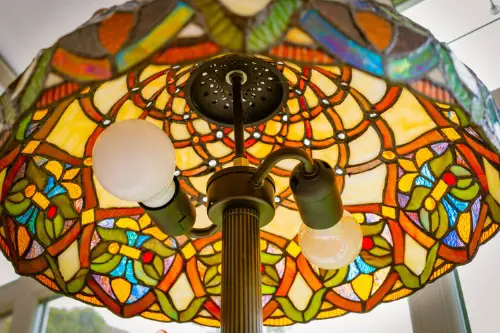
Tiffany-style stained glass lamps are so iconic that countless reproductions have flooded the market. Many of these fakes are convincing because they use real stained glass and heavy bronze bases, just like the originals. What tips buyers off is usually the workmanship—authentic Tiffany glass has subtle shading and intricate leadwork, while reproductions often look too uniform. Still, plenty of people get fooled every year, thinking they’ve scored a Gilded Age masterpiece.
Part of the problem is that some of these knockoffs were made decades ago, so they’ve developed their own patina. That “aged” look can trick even seasoned collectors if they don’t inspect closely. Unsigned bases or inconsistent maker’s marks are also common giveaways. But under dim light at an estate sale, many buyers happily hand over thousands for what turns out to be a $200 reproduction.
2. Shaker-Style Furniture
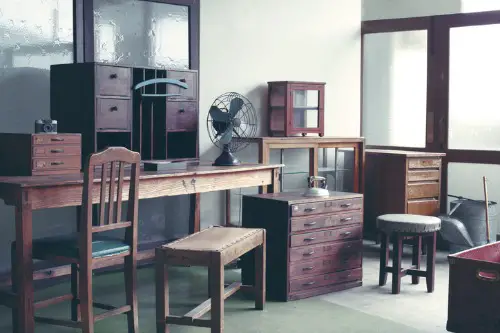
Authentic Shaker furniture is prized for its clean lines and expert craftsmanship, which makes it a favorite target for forgers. Modern reproductions often use machine-cut joints and cheaper woods, but they can still capture the simple beauty that defines the style. Since real Shaker pieces are rare and expensive, people often assume anything minimalist and wooden must be the real deal. That assumption keeps the fakes circulating every year at flea markets and auctions.
What makes it tricky is that the Shakers inspired so many furniture makers after them. Some 19th-century “Shaker-inspired” pieces now look convincingly old themselves, blurring the lines between authentic and imitation. Without provenance or a trained eye, it’s tough to know what’s genuinely Shaker-made. Buyers who skip expert appraisal often pay antique-level prices for modern workshop reproductions.
3. Chinese Porcelain Vases
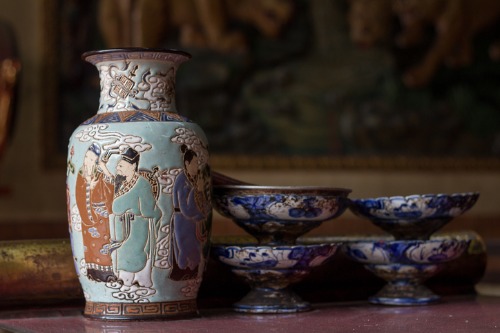
The demand for Chinese porcelain, especially from the Ming and Qing dynasties, is sky-high. That has fueled a massive reproduction industry, with some workshops in China producing fakes specifically designed to trick collectors. They’ll use traditional-looking glazes and even mimic centuries-old kiln marks. The result is a vase that feels authentic until it’s scrutinized in a lab.
One reason they succeed is that porcelain naturally develops surface wear quickly, so even new fakes can look “aged.” Some dealers even artificially distress pieces with chemicals or abrasives. Unsuspecting buyers think they’re scoring an imperial treasure, but many are modern creations worth a fraction of the price. It’s an especially costly mistake since genuine Ming or Qing porcelain can fetch millions at auction.
4. Civil War Memorabilia
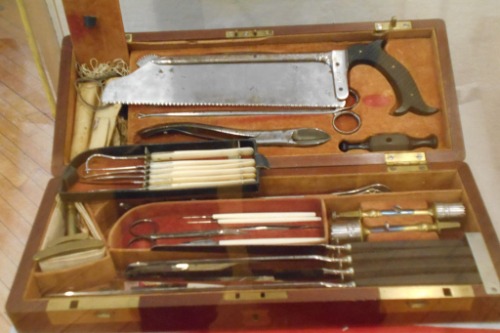
Civil War artifacts—from belt buckles to rifles—are popular among history buffs. Unfortunately, reproductions are abundant, often made to appeal to reenactors. The problem arises when these reproductions are artificially aged and resold as battlefield relics. Corrosion, wear, and even dirt can be faked convincingly, luring collectors into overpaying.
One of the most common forgeries is Confederate belt buckles, since originals are scarce and highly valued. Some fakes are stamped with historically accurate designs, making them tough to spot. Without proper documentation, buyers often have no way to confirm authenticity. This market sees new victims every year, especially at gun shows and online auctions.
5. Persian Rugs
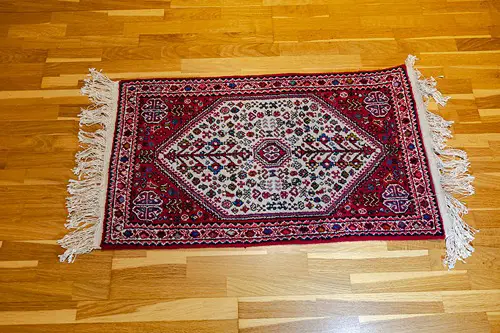
Handwoven Persian rugs are a status symbol, but they’re also widely faked. Many modern rugs are made using machines that mimic the knotting patterns of authentic weaves. Sellers then pass them off as antique, claiming they’re from famous weaving regions like Tabriz or Kashan. Buyers often fall for it because the rugs still look and feel luxurious.
The deception works because genuine Persian rugs can last for over a century, so age isn’t always obvious. Some fake rugs are even tea-stained to create a worn look. Unless buyers flip the rug over and study the weave, it’s easy to miss the signs. That’s why countless collectors end up overpaying for rugs that aren’t remotely antique.
6. Samurai Swords
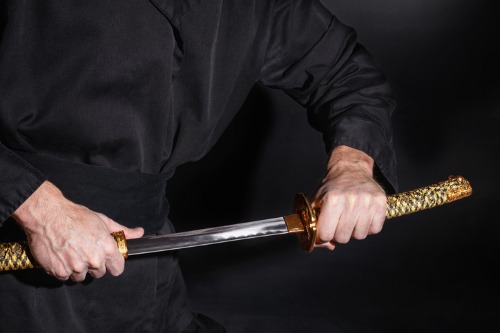
Authentic Japanese katana are meticulously made and often centuries old. Genuine examples can fetch enormous sums, especially if they were crafted by a famous swordsmith. Unfortunately, mass-produced reproductions have flooded the market, some with fake signatures carved into the tang. To the untrained eye, these blades look fierce and ancient.
One reason they fool buyers is that steel naturally develops a patina over time, and counterfeiters replicate this with chemicals. Some fakes even come with ornate scabbards and fittings, furthering the illusion of authenticity. At auction, inexperienced collectors frequently mistake reproductions for Edo-period swords. The result is buyers dropping thousands on what is essentially a decorative replica.
7. Victorian Mourning Jewelry
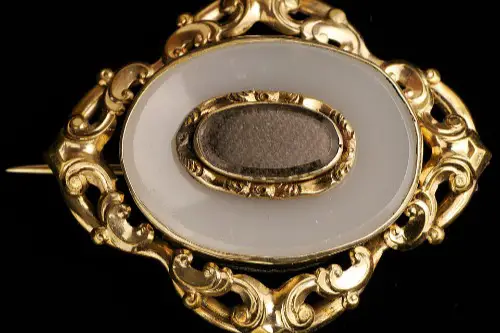
During the Victorian era, jewelry made from human hair or jet stone was common as a way to honor the dead. Today, those pieces are collectible and often expensive. But reproductions are plentiful, especially because they can be made with modern glass or synthetic materials that mimic jet. Since many buyers aren’t familiar with the feel of real jet stone, they’re easily duped.
Even the hairwork can be faked using modern techniques. Some sellers use horsehair or synthetic fibers, passing them off as human. The pieces look convincingly antique, especially if set in tarnished metal. That’s why mourning jewelry shows up regularly on the “fake” list of seasoned antique dealers.
8. Advertising Tins and Signs

Vintage advertising memorabilia—from Coca-Cola trays to gas station signs—has a devoted following. Reproductions, however, are everywhere, often made with new metal and then artificially rusted. These fakes appeal to both casual collectors and decorators who just want something “retro.” The trouble starts when they’re marketed as authentic, old pieces.
Because real signs were mass-produced, buyers assume rarity isn’t much of an issue. That makes them less suspicious when a “1920s” Coca-Cola tin appears in perfect condition. Yet genuine items often show specific wear patterns and printing techniques that the fakes don’t. Unfortunately, many collectors don’t know those details and hand over cash for clever knockoffs.
9. Native American Baskets
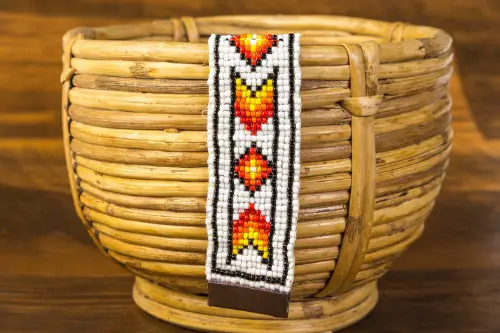
Traditional Native American baskets are valued for their artistry and cultural heritage. But many sold today are modern imitations, sometimes imported from overseas. These counterfeits often copy the designs of tribes like the Hopi or Navajo. Because basket weaving naturally involves natural materials, the fakes can look convincingly aged.
What makes the issue worse is that some are marketed as “reservation made,” even though they’re not. Buyers who don’t understand tribal patterns or weaving techniques often can’t tell the difference. Without documentation or expert knowledge, they trust the story sellers provide. This makes Native baskets one of the most commonly misrepresented “antiques” every year.
10. Medieval Manuscripts
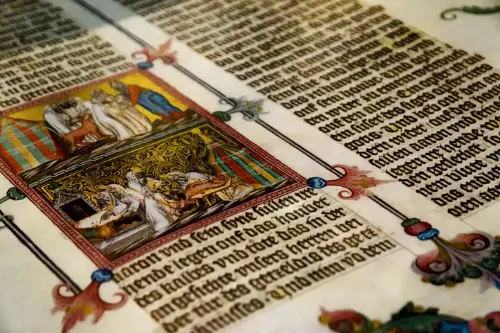
Illuminated manuscripts from the Middle Ages are incredibly rare and valuable. But modern forgers know how to replicate the look with parchment and ink recipes that mimic historical materials. They’ll even age the pages with smoke or tea to give them a centuries-old feel. To a casual buyer, they can look like authentic relics.
The problem is that real manuscripts often come from specific monasteries or regions, and experts know the stylistic markers. Forgeries rarely capture those subtleties, but online listings rarely get such scrutiny. Collectors who want a piece of medieval history often don’t realize what they’ve bought is a workshop copy. These kinds of fakes quietly move through the market year after year.
11. Art Deco Clocks
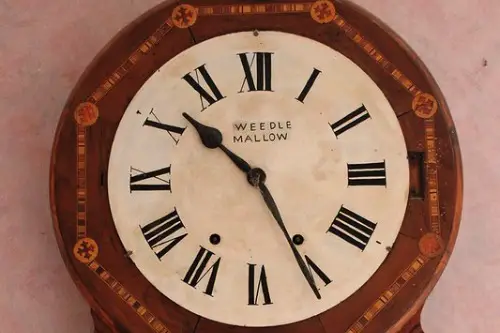
Clocks from the Art Deco period are sleek, stylish, and highly collectible. But they’re also easy to fake since modern materials can be fashioned into similar geometric designs. Some reproductions are even fitted with old clock mechanisms to enhance the illusion. As a result, they look like they came straight out of the 1930s.
Collectors often get fooled because real Art Deco clocks were mass-produced, so condition varies widely. When a clock appears too pristine, it should raise suspicions. Still, many buyers don’t notice until it’s too late. Every year, plenty of collectors discover their “authentic” Art Deco piece is a cleverly made reproduction.
12. Roman Coins
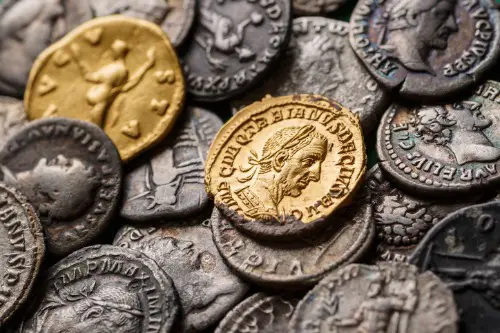
Ancient Roman coins are among the most forged collectibles in the world. Small, easy to cast, and always in demand, they’re perfect for counterfeiters. Many fakes are made using molds of real coins, then artificially patinated to look ancient. They pass easily through online auctions where authenticity checks are minimal.
The challenge is that Roman coins varied widely in quality, even in antiquity. That makes it easier for fakes to blend in with genuine examples. Collectors new to the field often assume weight and feel are enough to judge authenticity. But without metallurgical testing, countless people wind up with modern-made “ancient” coins.
13. Folk Art Carvings

Carved wooden figures and whirligigs are staples of American folk art. Originals can fetch high prices, especially if attributed to known carvers. But reproductions are common, often churned out by craftspeople copying popular motifs. They’re aged with paint, smoke, or deliberate wear to simulate generations of use.
Buyers get tricked because folk art was meant to be rustic in the first place. A crude or uneven carving doesn’t necessarily scream “fake.” Without provenance, though, it’s nearly impossible to verify who carved what, and when. That gray area means plenty of reproductions slip into antique shops every year.
14. Egyptian Antiquities
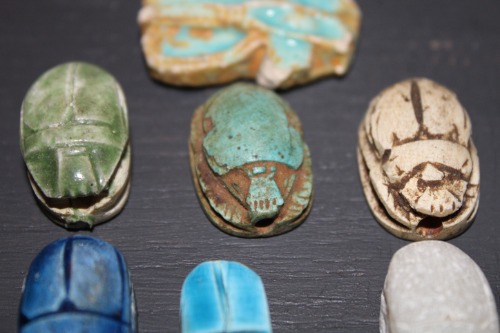
Artifacts from ancient Egypt—like scarabs, amulets, and small statues—are endlessly desirable. But many are modern souvenirs passed off as thousands of years old. Street vendors in Cairo and beyond have been selling these “antiques” for decades, often to tourists. Once they make their way into collections, they’re difficult to distinguish from genuine items.
One giveaway is the carving style, since authentic pieces often have precise hieroglyphs and proportions. Fakes, on the other hand, can look crude or too “perfect.” Yet plenty of collectors fall for them, dazzled by the idea of owning something from the time of the pharaohs. Every year, new buyers proudly display items that museums would instantly spot as reproductions.
15. Colonial Pewter
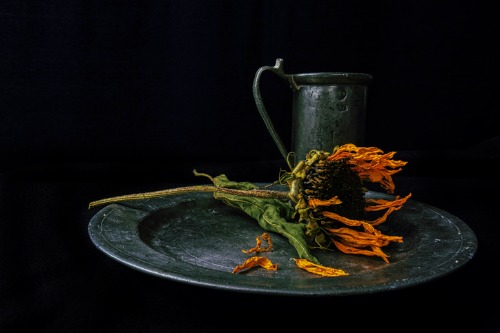
Pewter tableware from the American colonial period is another favorite among collectors. Real pieces often bear maker’s marks from specific workshops. Unfortunately, modern reproductions sometimes mimic those marks, making them tricky to verify. The soft metal also ages quickly, so even newer pieces can look centuries old.
Buyers often forget that genuine colonial pewter is rare and fragile. If something appears in pristine condition, it’s usually not the real deal. Still, reproductions regularly pop up at auctions and estate sales. Many collectors walk away believing they’ve found a Revolutionary-era treasure when they’ve actually bought a modern forgery.
16. Delftware Pottery
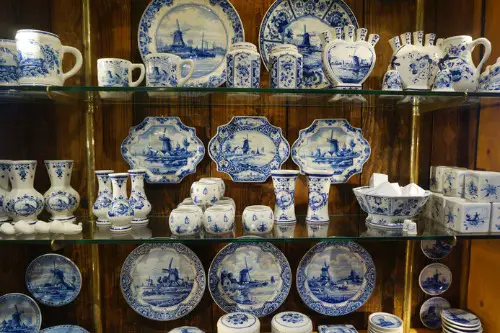
Blue-and-white Delftware from the Netherlands is instantly recognizable. But its popularity means there’s a flood of imitations, many from the 19th and 20th centuries. Some were originally made as souvenirs, but now they’re resold as 17th-century originals. With the right glaze and crazing, they can look convincingly antique.
Collectors get misled because real Delftware varied in quality, making it hard to distinguish by eye. Fake marks on the bottom often mimic authentic potteries. Unless an expert examines it, buyers assume the “antique” plate or vase is genuine. This cycle repeats every year, keeping Delftware one of the most faked ceramics in the market.
This post 16 “Fake” Antiques That Still Fool Buyers Every Year was first published on Greenhouse Black.
